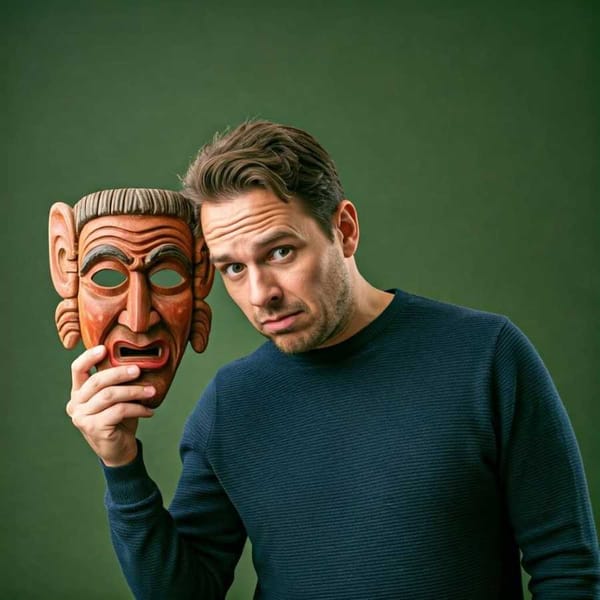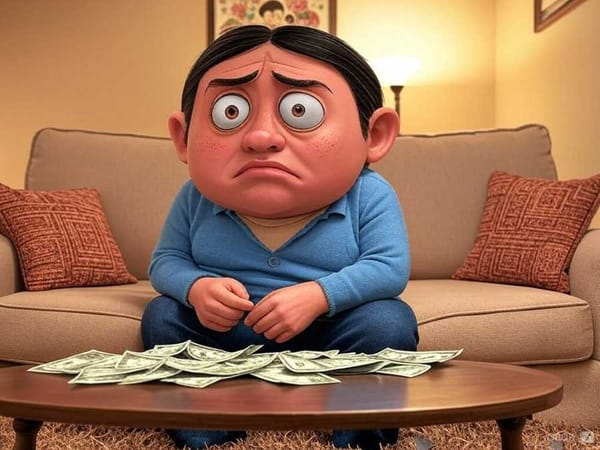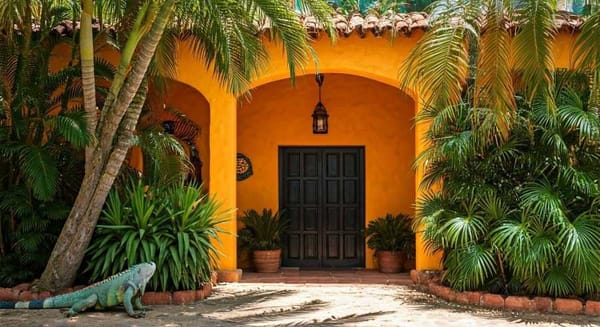Even with adversity, mariachis preserve traditional Mexican music
International Mariachi Day, January 21. UNESCO recognizes mariachis as an Intangible Cultural Heritage of Humanity. It is urgent to give them greater diffusion. Being a woman and mariachi is difficult because the emblem of the charro is identified with manhood.

Emblem and pride of Mexico within the country and worldwide, the mariachi is a symbol of identity, celebration, and sounds that exalt the most varied emotions. Despite its prestige, most of those who make up the groups lack labor protections, and this musical genre requires greater diffusion, assures Camilo Camacho Jurado, professor at the Faculty of Music (FaM) of the UNAM.
"The mariachi music that reaches the big shows, record companies, and radio is concentrated in less than 30 very prestigious and well-known groups, but most of the mariachis suffer difficult working conditions, such as not having social protection or sufficient contracts," he says. The "tocadas" vary according to the fame of the group and the number of members. On average, Camacho Jurado calculates -according to his experience as a violin player- that an hour of this type of music is charged from three to four thousand pesos.
Amalia Aguirre Rojas, a student at the FaM and member of the group "Sonalli", adds that sometimes the price can go as low as 500 pesos due to the economic needs of its members. The pandemic has hit this sector hard, which has reduced its work by up to 50 percent in the last two years, when the sanitary restrictions began, points out Camacho Jurado on the occasion of the International Mariachi Day, which is celebrated on January 21.
Aguirre Rojas emphasizes: "In some places, we are prevented from singing, while in others we have adapted to wearing masks and masks, and only those who sing are not protected". Recognized since 2011 in Bali, Indonesia, as Intangible Cultural Heritage of Humanity by the United Nations Educational, Scientific and Cultural Organization (UNESCO), this designation is beneficial for the tourism industry; on the other hand, musicians do not receive any benefit.
According to the website of the federal government's Ministry of Culture, UNESCO qualified mariachi performance as "traditional music and a fundamental element of Mexican culture, through which values, heritage, history, and different indigenous languages are transmitted". It also recognized the compositions, the mariachi, its costumes, and accessories, as a "world icon" and a "national pride".
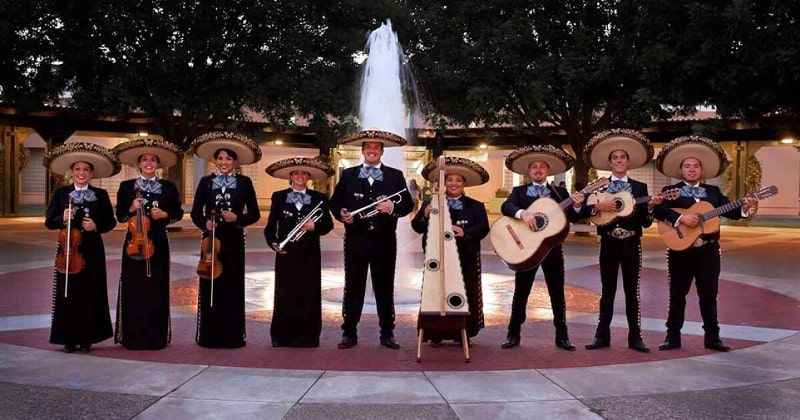
Recovery of the genre
Camilo Camacho Jurado is a musicologist and professor at the FaM. In addition to the violin, he plays vihuela, jarana, and other native instruments. The professor of the Bachelor's Degree in Ethnomusicology explains that mariachi has two aspects: the traditional and the modern.
The traditional one is only with strings, has a great variety of styles, and follows the oral tradition; that is, the oral tradition of the people from generation to generation. It is integrated into the festivity of a community and it is the one who plays to entertain and make people dance sones, fandangos, and other styles. The members participate in it, singing and playing.
On the other hand, the modern one is academic, its musicians read notes and integrate the trumpets and, sometimes, other instruments. It favors the voice of one or more singers and is not used for dancing, only for listening and singing. Unlike the traditional variety, it has a homogeneous style of genres: it goes from rancheras and boleros to romantic songs.
It is fundamental the hat, bow tie, and charro suit with silver buttons, which in the traditional one is substituted with blanket clothes, hats, and sometimes typical clothes.
Several initiatives work for the rescue of the music of the traditional mariachi, and it begins to have interest among the young settlers. Several of its members are peasants, bricklayers, or have diverse trades, while those of the modern one, in general, are professional musicians, clarifies the ethnomusicologist. For about 20 years there has been a recovery of this genre and young people in various regions are interested in preserving the varied repertoire.
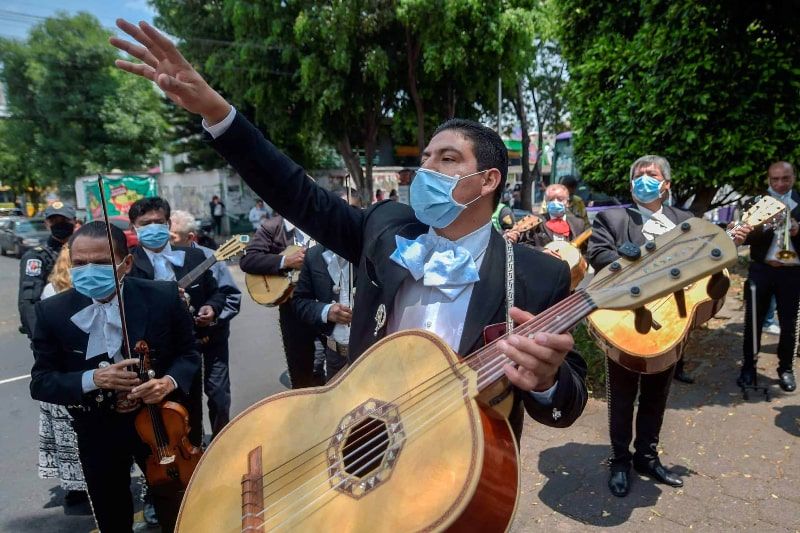
Synonymous with masculinity
Being a woman in a mariachi group is difficult because the charro costume is traditionally identified with manhood, with the one who sings loudly. And although women have been singing and then playing instruments for decades, there is a lack of greater inclusion, according to Amalia Aguirre Rojas, who studied a degree in Music Education at the FaM to become a teacher of this discipline. "Specifically as a member of the mariachi, it is a bit difficult, because although women are already important and contribute more and more, it is still a taboo for women to be in them, especially when playing instruments or being singers," she says.
Like many interpreters of this genre, Aguirre Rojas (known in the artistic environment as Ami Rojas) comes from a family of musicians, starting with her great-grandfather, who was also a mariachi. Several ensembles -she continues- work with family lineages, where they learn the trade although they do not have professional studies. "Today there are groups where the younger ones, even teenagers, are replacing the older ones, and we see among the younger musical groups interested in the genre".
Among famous singers, lineages are preserved, as in the case of Alejandro, son of Vicente Fernández, or Ángela Aguilar, daughter of Pepe and granddaughter of Antonio Aguilar. The diffusion of traditional Mexican music in digital platforms helps to spread it among the new generations, although there is a lack of promotion in mass media so that they do not dedicate themselves primarily to promoting norteño and banda music.
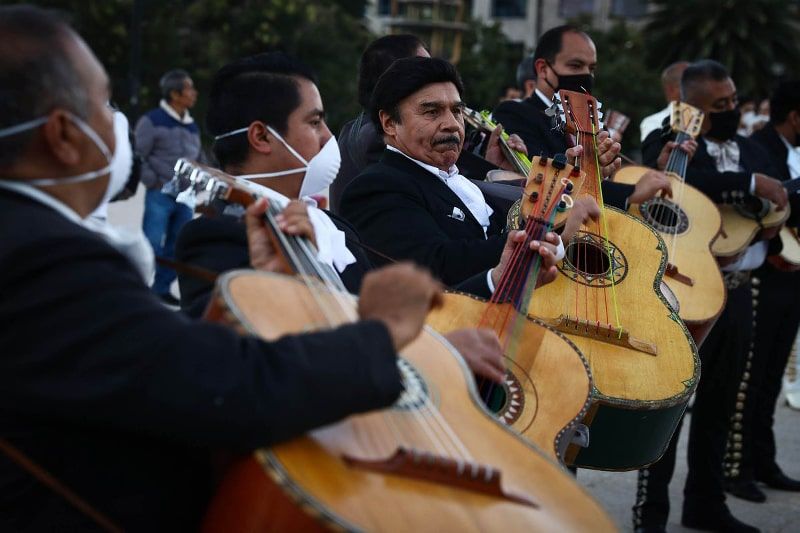
To promote mariachi and sones jarochos and huastecos, Ami Rojas is part of the group "Sonalli", where she plays the violin and sings. She has toured Spain, Portugal, Italy, France, France, Germany, and Poland, where to bring the mariachi is to bring "a little piece of Mexico" that excites and cheers.
The group is dedicated to the interpretation and research of the traditional music of our country. Regarding the future of this music, she considers that it will continue due to the enormous roots and identity it has among Mexicans and the excellent acceptance abroad. The artist evaluates as positive the efforts of some renowned musicians who include mariachi in commercial music.
For Camilo Camacho, the interest of numerous communities in the country in recovering traditional music is favorable; however, he stresses the need to give it greater diffusion.

